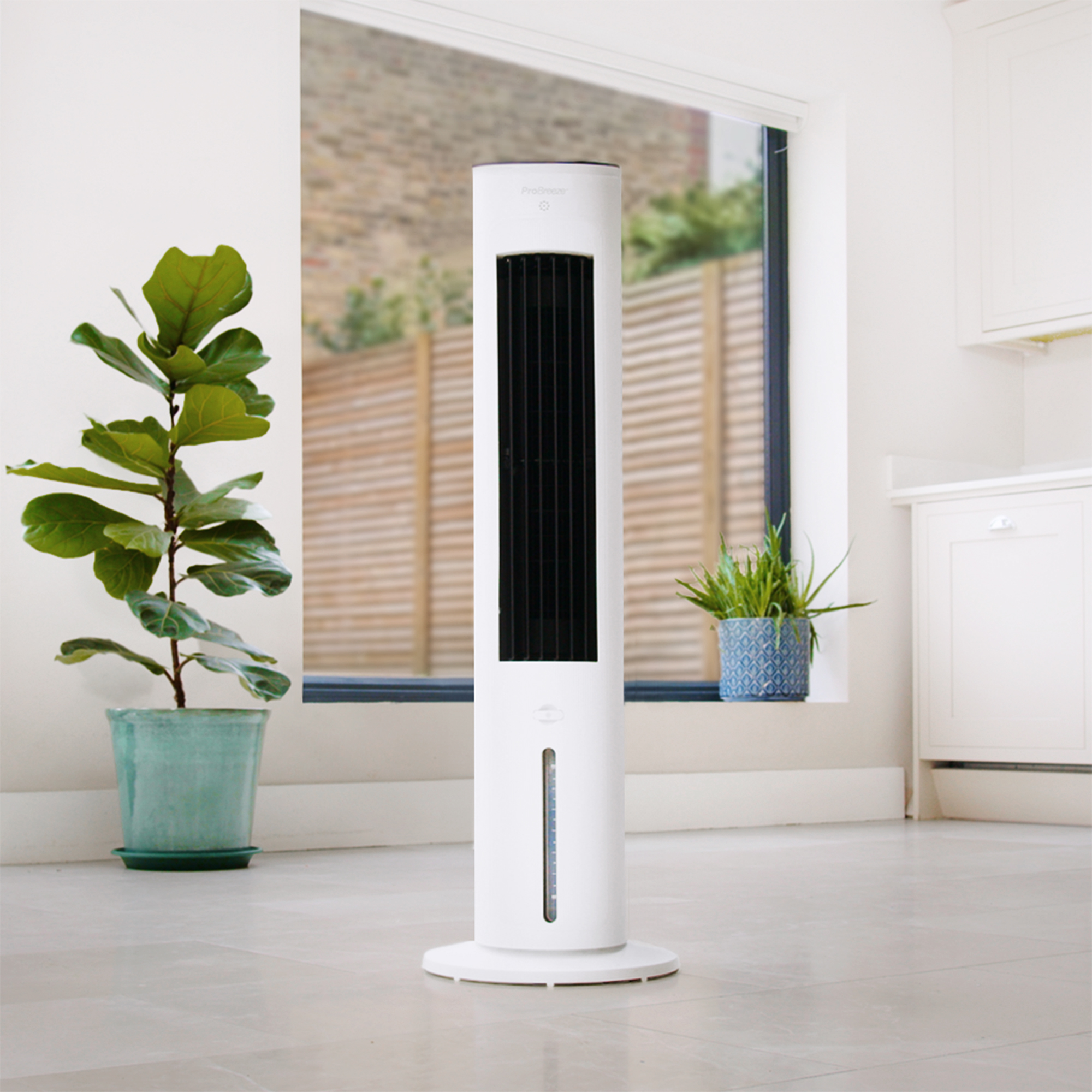
Electric fans are a staple for staying cool in the summer months; however, if you're looking to maximise their effect during even the hottest stints of weather, there are a couple of places you should avoid putting a fan to ensure you feel the coolest you can in your home.
While the best fans available on the market are getting more and more advanced by the day, they're truly only as effective as you give them the space to be.
Whether you're trying to keep a kitchen cool or figure out the best way to cool down your bedroom when it's too hot to sleep, optimal positioning of your fan is super important and often an underrated aspect of staving away the stifling heat.

Where not to put a fan
Similar to the worst places to put an air conditioner, being aware of where not to put a fan can help you avoid falling foul of mistakes that could ultimately drive up the cost of running a fan as a result of inefficient placement.
1. Dusty areas
'Fans are magnets for dust. Placing them in dusty areas will send dust particles into the air, potentially worsening allergies,' warns Andrai Carcu, appliance installation expert at London Electricians 247.
As a rule of thumb, it's best to ensure that wherever you decide to position your fan is as dust-free as possible – and the same goes for the fan itself. Seeing as the weather has only just recently started warming up, there's a chance that a lot of our fans have been sitting in storage for the past couple of months.
One of the ways to lessen how much electricity an oscillating fan uses is to ensure you clean your fan before turning it on to remove dust and debris that could force it to work harder, thus running up bills.
To help with managing allergens, we'd also advise investing in one of the best air purifiers to help improve indoor air quality.
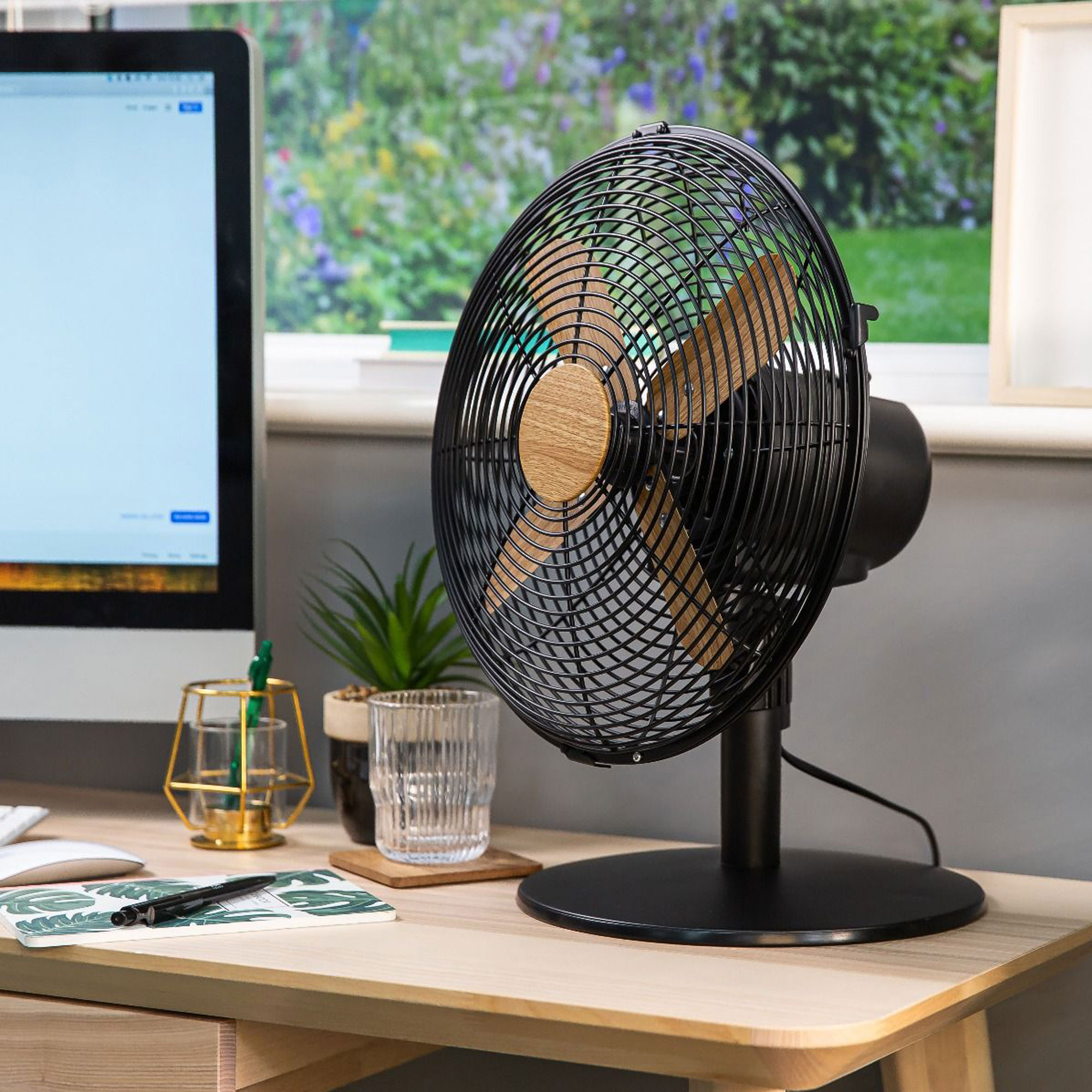
2. Behind anything
'Placing a fan behind furniture or somewhere where the flow of air from the fan will be blocked is not advised,' says David Rees, appliance expert at Home Supply. 'Ideally, there should be nothing in front of a fan that will obstruct the air it is blowing, unless you are creating a DIY air conditioner with a bowl of ice.'
The same can be said for placing a fan directly behind you, too. While the idea of cool air blowing at you from behind may seem desirable, Andrai warns that this can actually be counter-productive.
'The constant stream of air disrupts your body's natural ability to regulate temperature, leading to chills and discomfort,' explains Andrai.
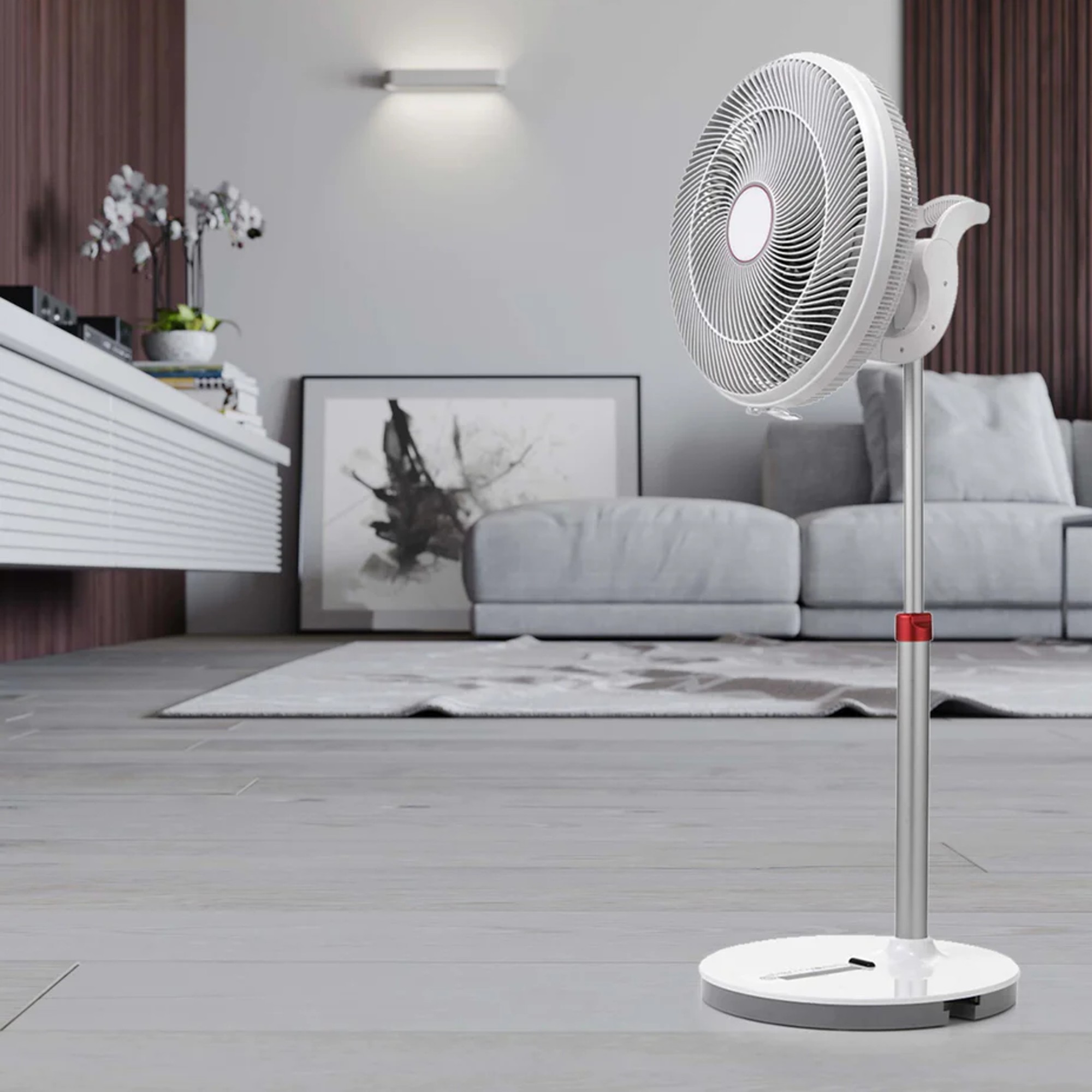
3. Near a window
This one's a little controversial because we know that one of the most popular fan positioning hacks to keep cool includes having one fan pointing of the window to push hot air and one pointing at another window to pull cooler air in – similar to the work of the best portable air conditioners which extract hot air and actively cool a room. However, note that this hack only works if you've got two fans.
In the case you've got one fan, placing a fan near a drafty or open window can work against your cooling efforts if the air outside is cooler than the air inside. 'The fan will pull in hot outside air instead of circulating cool air within the room,' warns Andrai.
Additionally, if you suffer from hay fever and try to make efforts to reduce allergens in a home, David warns that placing a fan near a window can potentially blow pollen or other allergy triggers into your home.
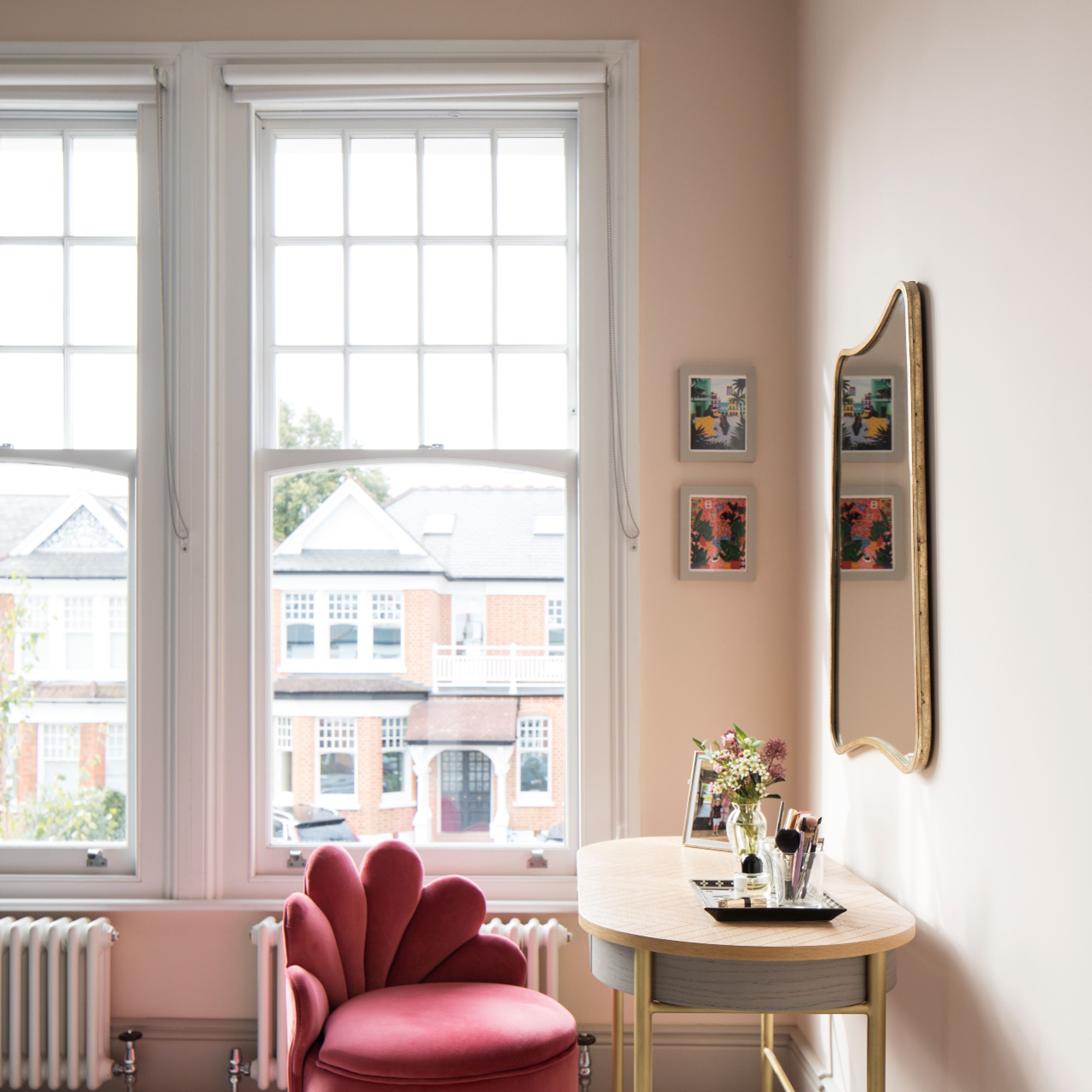
4. Next to plants
If you're partial to living room plant ideas, then it's important to be mindful of where you put a fan around them.
'While some plants enjoy a gentle breeze, a strong, constant stream of air can dry them out or damage delicate leaves,' warns Andrai. 'Keep fans at a safe distance from houseplants, especially those with humidity requirements.'
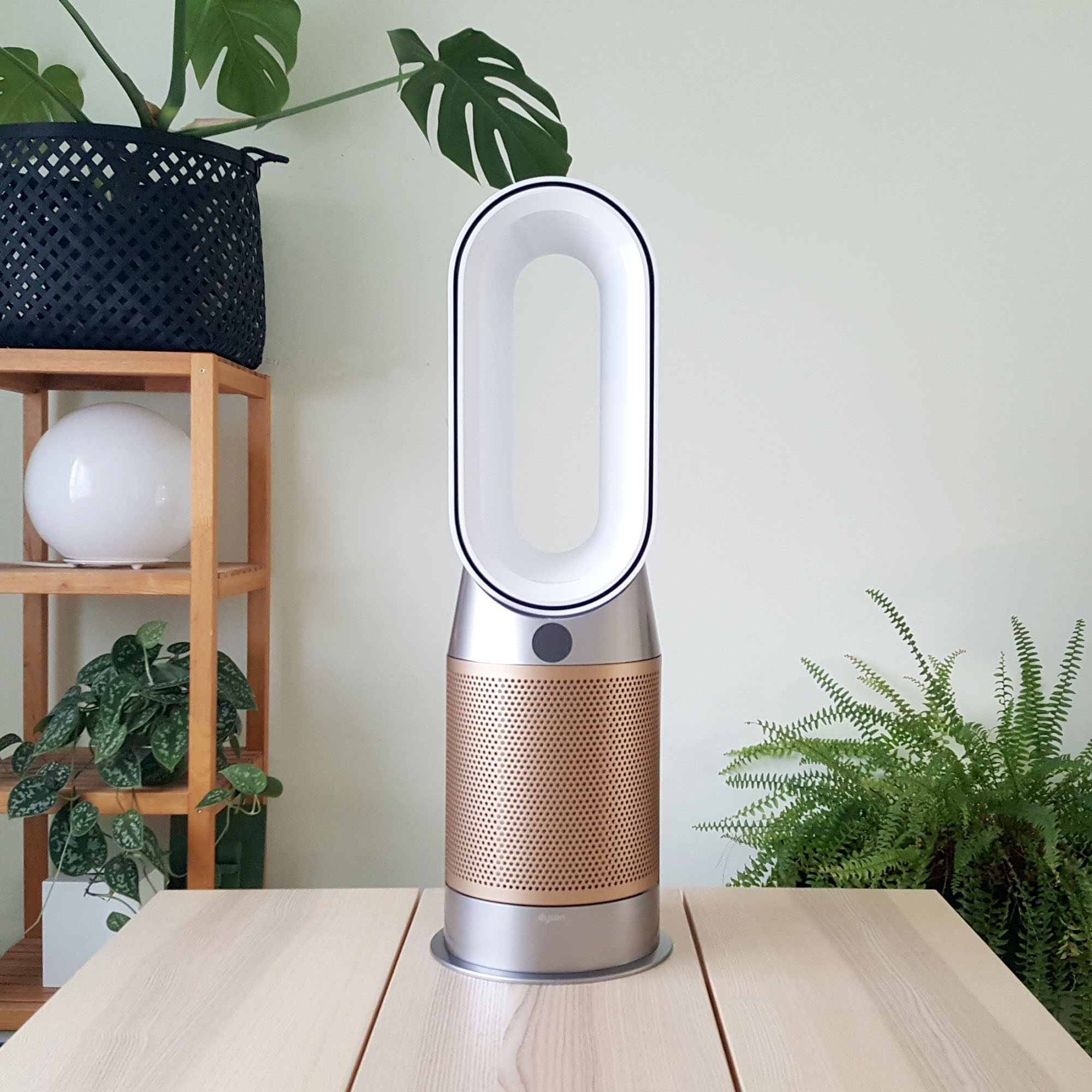
5. On an elevated surface
If there's one thing we remember from our school science lessons, it's that heat rises – which is often why our bedrooms are the hottest rooms in the house because they're right at the top.
A big misconception people often have with fan positioning to counteract this is thinking that using a tall fan or placing your fan on an elevated surface is the most effective. However, this is actually the opposite.
Instead, David advises placing a fan lower to the ground to help it pick up cooler air that has sunk and push it onto occupants of the room. This is why in some cases, it's better to opt for floor fans that oscillate upwards rather than tower fans that oscillate side to side.
Shop our top-rated fans
The Honeywell Turbo Force Power Fan is one of the cheapest fans you can buy prioritising value and performance which is no doubt why it's one of Amazon's bestselling fans. It comes out of the box fully assembled, allowing you to simply plug and play. It has pretty basic features and is noisier than we'd like, but its price tag is hard to beat.
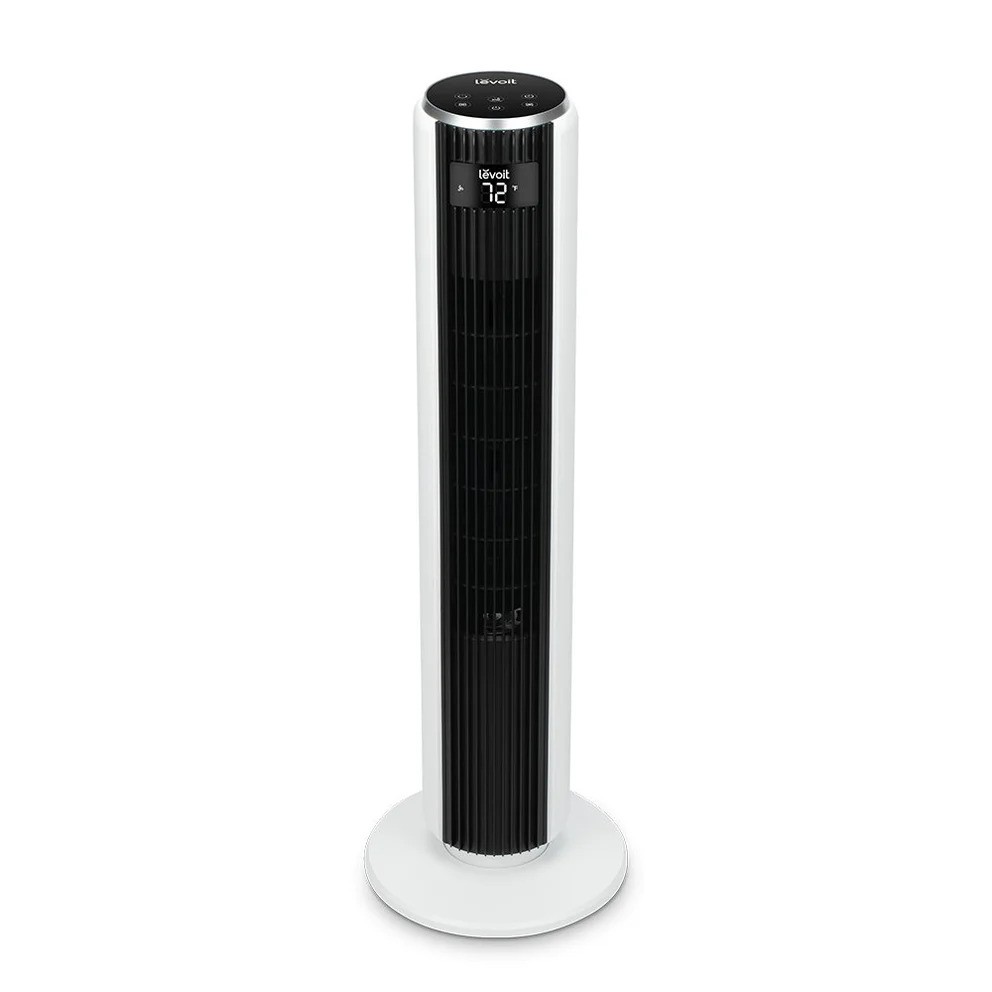
With hardly any set-up at all, this tower fan is super quiet and easy to keep clean. Its advanced sleep mode adjusts the fan speed based on your stages of sleep, making for a comfortable night's rest. It's also temperature responsive, and automatically adjusts the speed based on the indoor temperature.
FAQs
Where should you put a fan in a room?
'The best place to put a fan is in front of an open window, facing the interior of the room; however, this will only work optimally if it is cooler outside than inside, such as in the evening,' says David Rees at Home Supply.
In any case, you should always try to place a fan so it is blowing on any people within a room. This is because fans do not technically cool a room but rather cool the body because of the way they circulate air.
If you want a cooling device that will actually lower indoor temperature, then considering an AC unit in the air conditioner vs fan debate could be a better investment for you.
Where is the best place to put a fan?
As far as the places to put a fan in a general home sense, Andrai Carcu at London Electricians 247 says there are a handful of rooms in which they can work optimally, including:
- Laundry room – During hot summer months, dryers can heat up a laundry room significantly. Place a fan near a window to exhaust hot air as the dryer runs, keeping the room cooler and more comfortable.
- Conservatory – These rooms can become sweltering in direct sunlight. A well-placed ceiling fan, or even a floor fan pointed upwards, can help circulate air and create a more comfortable space.
- Porch – Create a cool entrance by positioning a fan near the doorway, especially on warmer days. This can help to neutralise hot air coming in from outside and prevent that initial blast of heat when you walk in.
By being more mindful and considerate of where you choose to position a fan, you can ensure it stays working optimally for many more years to come and maximise on its cooling ability for the remainder of the hot summer months ahead.







